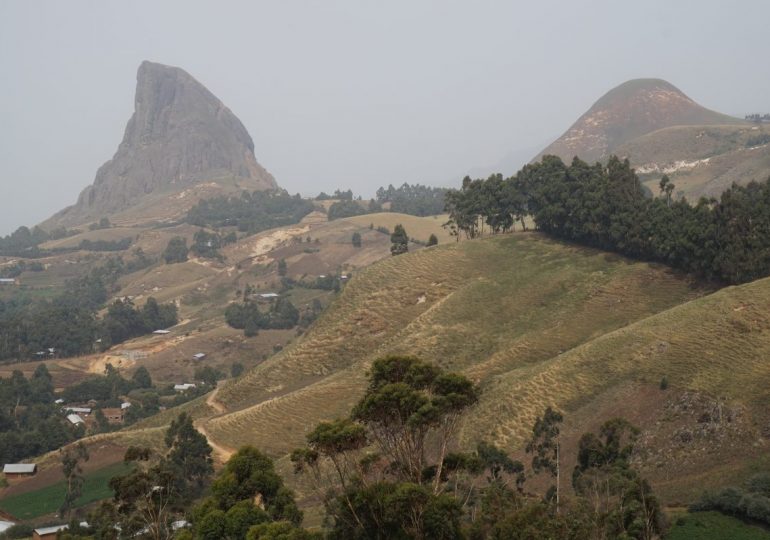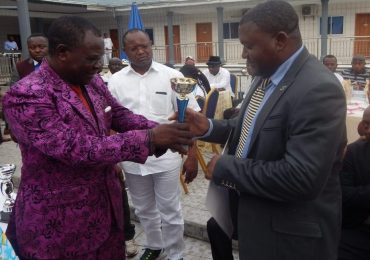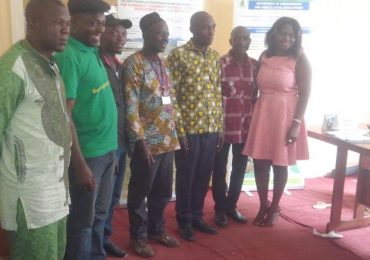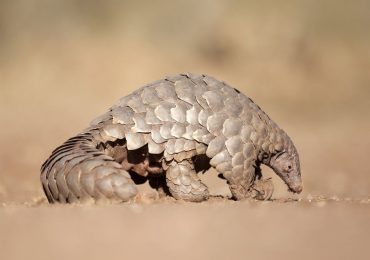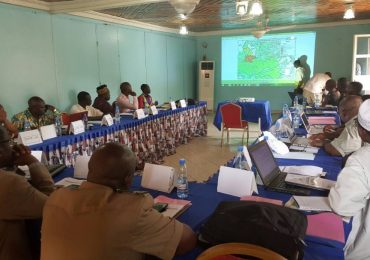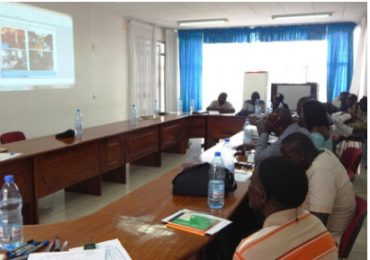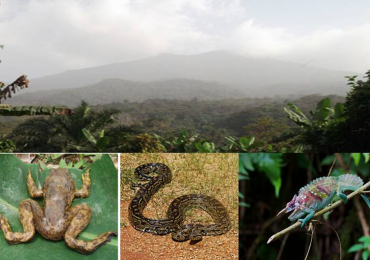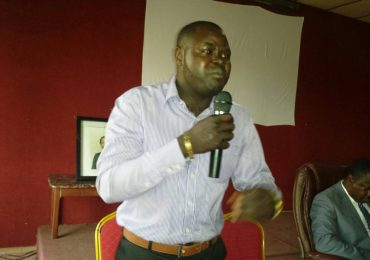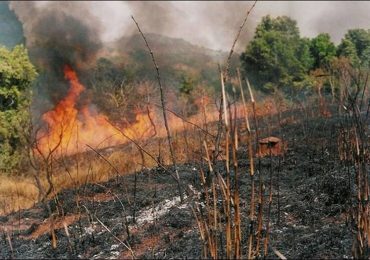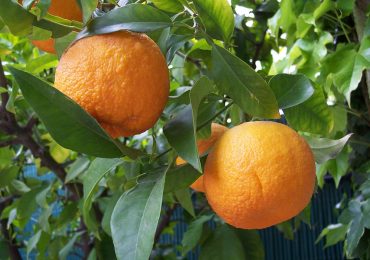Mount Bamboutos, which is part of the Cameroon Highlands Forest, represents a key watershed, supplying at least one third of water feeding the major hydro-power system in Cameroon at Edea. The Mountain, which is the third highest peak in West Africa (2,740 metres high), after Mount Cameroon 4,095 metres high) and Mount Oku (3,100 metres high) respectively, gives rise to several rivers and lakes across the country including the Mbam tributaries and Mifi tributaries. River Noun, which is the main source of the Bamendjin Dam and Lake Bambalang; River Manyu that drains into the Cross River, and Menoua that drains into Nkam and Wouri rivers, all stem from this mountain.
Designated by the Cameroon Government in 2009 as a proposed Integral Ecological Reserve, Mt Bamboutos constitutes part of the Cameroon Mountains Endemic Bird Area having a high degree of endemism and biodiversity. Some very important biodiversity species restricted to this ecosystem include but limited to the primate Preuss’ Guenon (Cercopithecus preussi), Coopers Mountain Squirrel (Paraxerus cooperi), the Banded wattle-eye, (Platysteira laticincta) and Bannerman’s Turaco, (Tauraco bannermani) as well as green monkeys. Other species include the endangered Cross River gorillas (Gorilla gorilla diehli) and the Nigeria-Cameroon chimpanzees (Pan troglotes ellioti).
This ecosystem also plays host to viable populations of species from many taxa, especially insects, plants, reptiles and amphibians, small mammals and many bird species most of which have not received any scientific studies.
Besides its biodiversity uniqueness, this mountain remains the only ecosystem in the country cutting across three administrative Regions including West, South West and North West, involving over 20 villages with a population of 20,000 to 30,000 people.
Most of these people depend on the mountain and its biodiversity content for their livelihood; they practice Slash-and-burn and clear the forest to make way for farmland leading to high rates of deforestation, destruction of water catchments, disappearance of fuel wood and loss in soil fertility.
For instance, the Mt Bamboutos that used to host a substantial population of Prunus africana, has in under 20 years lost the totality of this population due to a very high unsustainable exploitation of the plant by both industrial companies and individuals.
The after math of these myopic anthropogenic activities was a landslide in 2003, which killed 20 persons displacing over 3000 and destroying livestock, farmlands and other valuable possessions.
Since 2003, there has been a number of interventions by both the Cameroon Government via its Ministry of Forestry and Wildlife, and national NGOs including the Environment and Rural Development Foundation (ERuDeF) ARCREST, KFA and others to save the biodiversity and ecosystem of this mountain.
For instance since 2007, MINFOF has in line with her National Reforestation Programme, supported the reforestation of the Bamboutos flank of the mountain through her Regional Delegation.
Meanwhile, ERuDeF has since the early 2000s been carrying out various reforestation, conservation and natural resources management projects in this area. The organisation in the early 2000s carried out a survey on the plants, birds and wildlife of Mount Bamboutos. In 2005, ERuDeF with support from the International Tree Foundation, reforested the Fomenji-Magha flank of the mountain with over 1.000 trees. This was followed by another tree planting programme in 2013 by the organisation with support from Mane Foundation and Lea Nature, which has seen the planting of over 25.000 trees still along the Fomenji-Magha flank of the mountain.
With support from the UNDP GEF Small Grants Programme, Mane Foundation, Man & Nature and the French Embassy, ERuDeF has since 2012 been executing a pilot programme on the implementation of the Access and Benefit Sharing (ABS) Initiative in Cameroon under the auspices of the Ministry of Environment, Protection of Nature and Sustainable Development (MINEPDED).
On her part, ACREST with the support of IUCN is supporting a small scale reforestation scheme on a section of the mountain from the Bamboutos Division.
Since 2003, no major conservation development programme has been ongoing but for the conservation of the Cross River gorillas and the Nigeria-Cameroon chimpanzees carried out by ERuDeF in the Tofala Hill Wildlife Sanctuary, created in 2014.
The efforts of the government and these NGOs are laudable but not aggressive enough to induce the rapid conservation and restoration needs of this emblematic mountain.
By Bertrand Shancho Ndimuh


